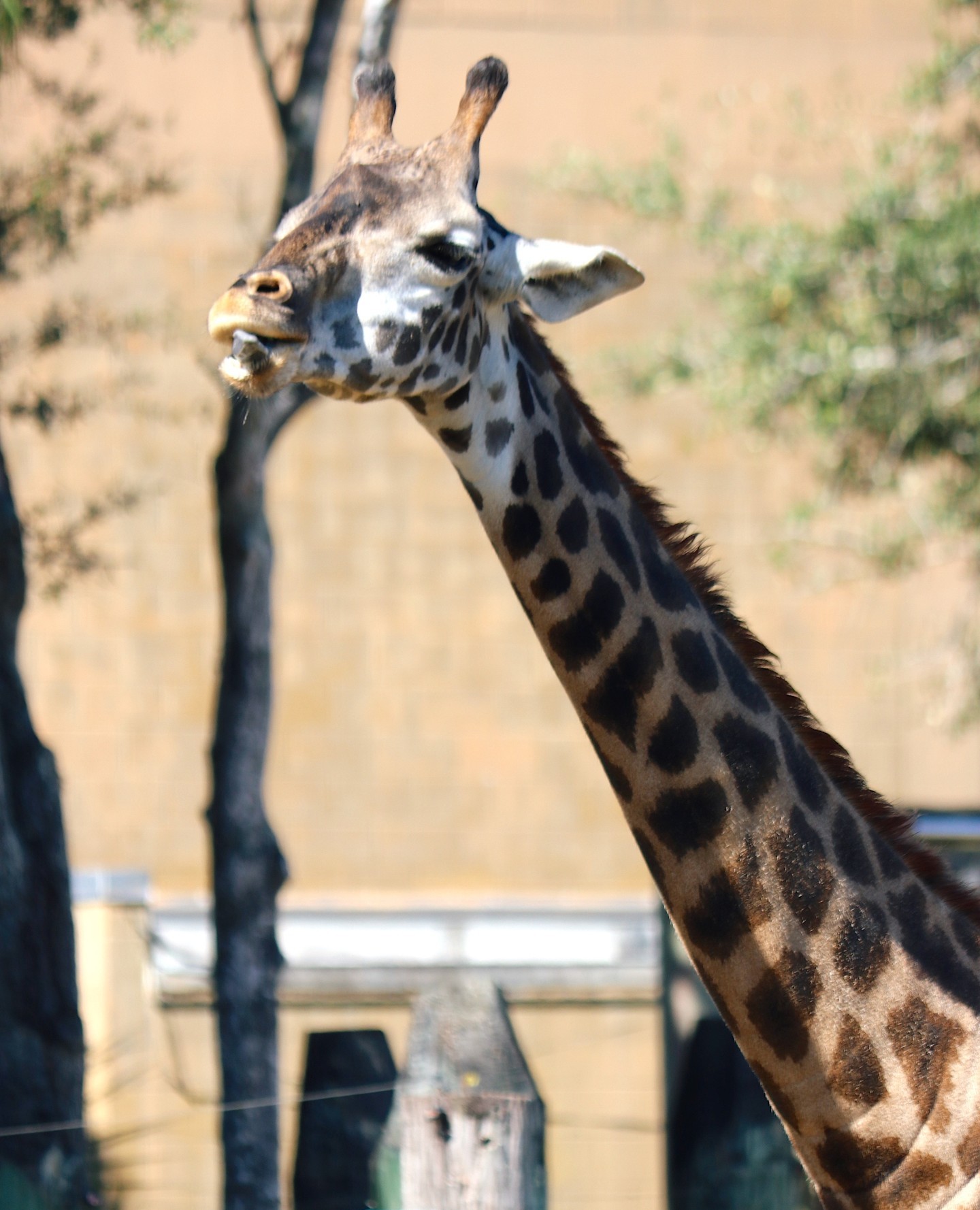– Exploring the marvels of giraffe physiology and its extraordinary adaptations.
– Understanding how a giraffe’s diet is facilitated by its unique neck structure.
– Investigating the social dynamics and communication facilitated by giraffe stature.
– Giraffe conservation: threats and efforts to preserve these majestic animals.
As the sun gracefully rises over the Savannah, the silhouette of a towering giant paints a striking outline against the dawn. With its spotted coat and lofty stature, this creature is none other than the giraffe. While many characteristics make this mammal a spectacle, its signature long neck is undeniably the most prominent feature. But have you ever wondered why giraffes developed such elongated necks and how this trait serves them in the wild? Let’s graze through the savannas of knowledge to find out.
The giraffe’s neck is an evolutionary masterpiece, a product of millions of years of adaptation and survival tactics. Initially, it might seem as though their necks are purely designed for reaching the upper echelons of foliage, which, while partially correct, doesn’t paint the entire picture. Delving into the history of giraffe’s ancestors sheds light on the “competing browsers hypothesis” process, which suggests that the elongating neck could have given early giraffes a competitive advantage in reaching food that other herbivores couldn’t. However, this widely accepted theory is just one piece of a jigsaw puzzle that frames the giraffe’s magnificence.
Such an extended neck comes with a host of supporting physiological adaptations. Picture the giraffe’s cardiovascular system, for instance. As mighty as it is, its heart pushes blood to a spectacular height to ensure that the giraffe’s brain receives its much-needed supply. Meanwhile, a network of valves and specially adapted vessels prevent blood from rushing back to the brain when the head is lowered.
As we observe these gentle giants among the trees, we witness a ballet of biological mechanisms. The giraffe’s long tongue (up to 18 inches) works with its neck, manipulating and stripping foliage from even the thorniest branches. Such a diet is not only requisite for its sustenance but also plays a role in the savanna’s ecology, pruning the canopies and shaping the environment.
The height advantage, however, extends beyond dietary habits. Being tall is akin to having a periscope in a submarine in the open plains. Giraffes can spot predators from a distance, offering them a survival advantage. In addition, their height plays a crucial role in their social interactions. By “necking” – a practice where they intertwine their necks in a show of strength – males establish dominance and compete for the attention of females.
Yet, despite their size, giraffes have remained one of the planet’s enigmas. Their social structures are loose and change often, starkly contrasting to other herd animals. Their communication is largely silent to the human ear, with research unveiling that they communicate at infrasound levels, frequencies below the human hearing range.
As majestic as they are, threats loom large over their existence. Habitat loss, poaching, and human-wildlife conflict have decreased their numbers, hinting that these long-necked wonders are vulnerable and in need of protection. Conservation efforts are underway, with sanctuaries and natural reserves being vital refuges for their survival.
Through the lens of curiosity, giraffes are truly remarkable, from the tips of their ossicones to their cloven hooves. Their necks, reaching for the sky, not only assist them in survival but also serve as a stark reminder of nature’s ingenuity. As we meander through the myriad of facts about the giraffe, let’s broaden our appreciation for these towering vegetarians and deepen our resolve to ensure that their statuesque figures continue to grace our planet.
*****
Source Description
One of the distinguishing characteristics of a giraffe is its long neck!
With its long neck, a giraffe can reach leaves, fruit, and flowers high up in the trees! 🦒🌳


